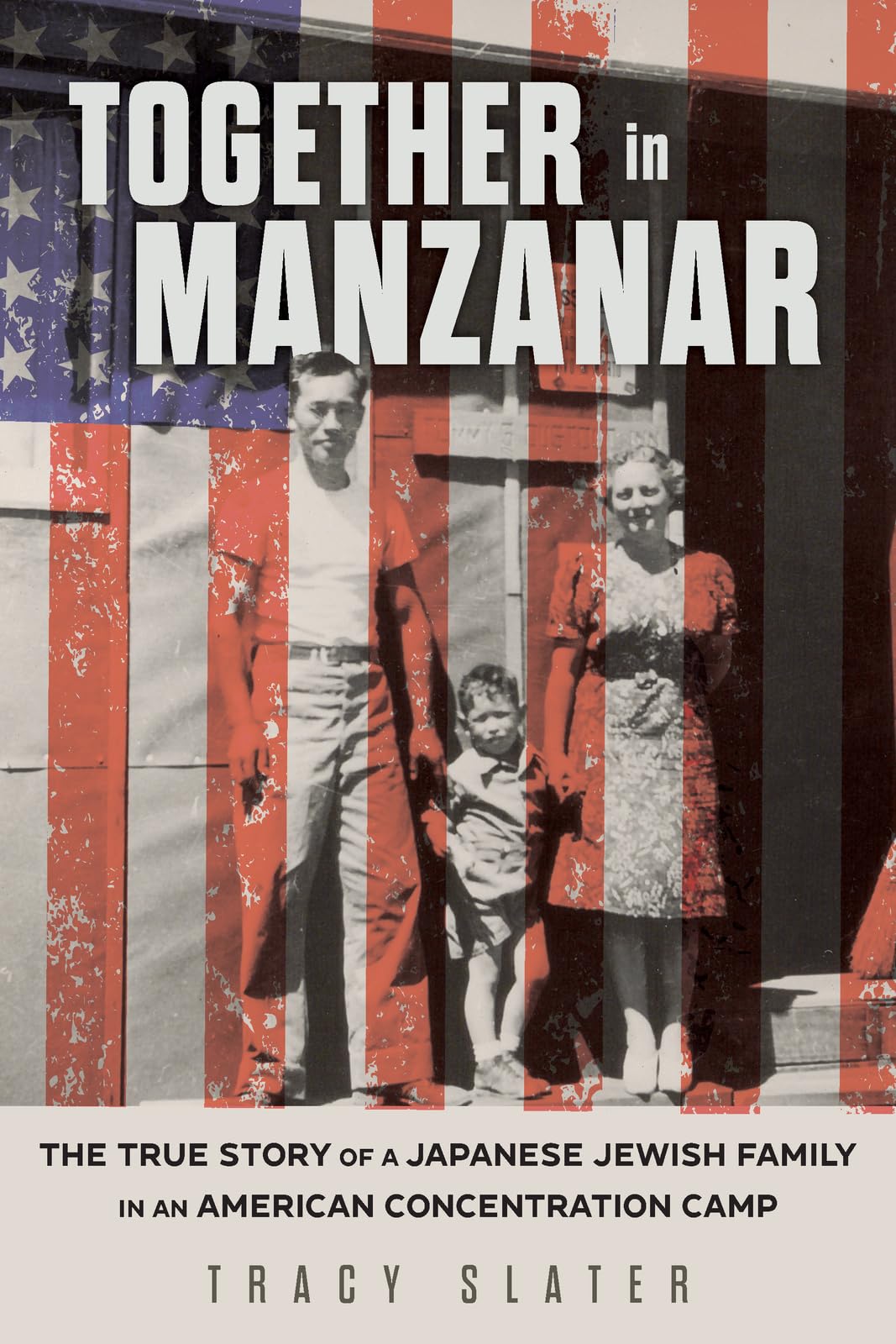Just past dawn on March 30, 1942, Elaine Yoneda stood on a Los Angeles sidewalk, unsure where to turn. She looked up at the building before her, solid concrete and stretching half a block: the South Spring Street civil control station, where she’d been ordered to bring her three-year-old son, Tommy, for deportation to a concentration camp.
Elaine was the daughter of Russian Jewish immigrants and the wife of a Japanese American man. Her husband, Karl, had gone to Manzanar a week earlier. He was one of the first Japanese Americans in a camp that would eventually hold 10,000, the majority U.S. citizens, who’d been forced to relocate off the coast and imprisoned en mass.
As for Elaine’s son, it was him the army wanted now, she’d been told over the phone the night before, by a priest. Not you, the priest had explained. Not if you’re white, he meant—even though she’d given birth to a half-Japanese child.
The clergyman was from the Maryknoll mission, a Roman Catholic order that had long worked with the Japanese American community and was now assisting with their removal from the West Coast. Alien or citizen, healthy or sick, loyal or lost: all had to go.
But as for Elaine, “Oh, you don’t have to go; you don’t have to go,” he’d said as she’d clutched the handset in her parents’ apartment the previous evening, the darkness shrouding their home in the Jewish enclave of Boyle Heights.
Nor will you be allowed to, he’d suggested.
Her son was a different story. The three-year-old, like anyone along the West Coast with even “the slightest amount of Japanese blood,” was to be rounded up—”evacuated,” US army officials called it—and sent to a camp. But if anyone believed Elaine was just going to surrender her child, she thought as she waited in line the next morning with Tommy, well then they really knew from nothing.
Despite Elaine’s determination to protect her son, joining him behind barbed wire would not shield her family as a whole. If she went to Manzanar with Tommy, she’d have to leave behind Joyce, her white daughter from her first marriage.
Earlier that spring, when the Wartime Civilian Control Administration (WCCA) announced the forced removal and incarceration of the entire West Coast Japanese American community, they mandated that having any Japanese ancestry at all targeted one for imprisonment (what they called “exclusion” and “evacuation” to “assembly” and “reception” centers). One official document clarified that “the slightest amount of Japanese blood was sufficient to impose liability.”
But WCCA officials also repeatedly insisted that, as evidence of America’s democratic intentionality and humane practices, their procedures were meant to keep families together, incarcerated (“evacuated”) as a group to one or another of the concentration camps (“assembly centers”).
